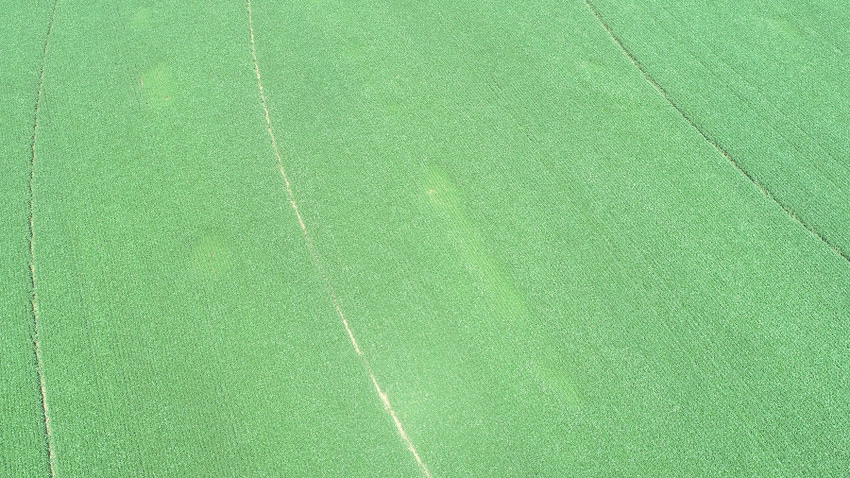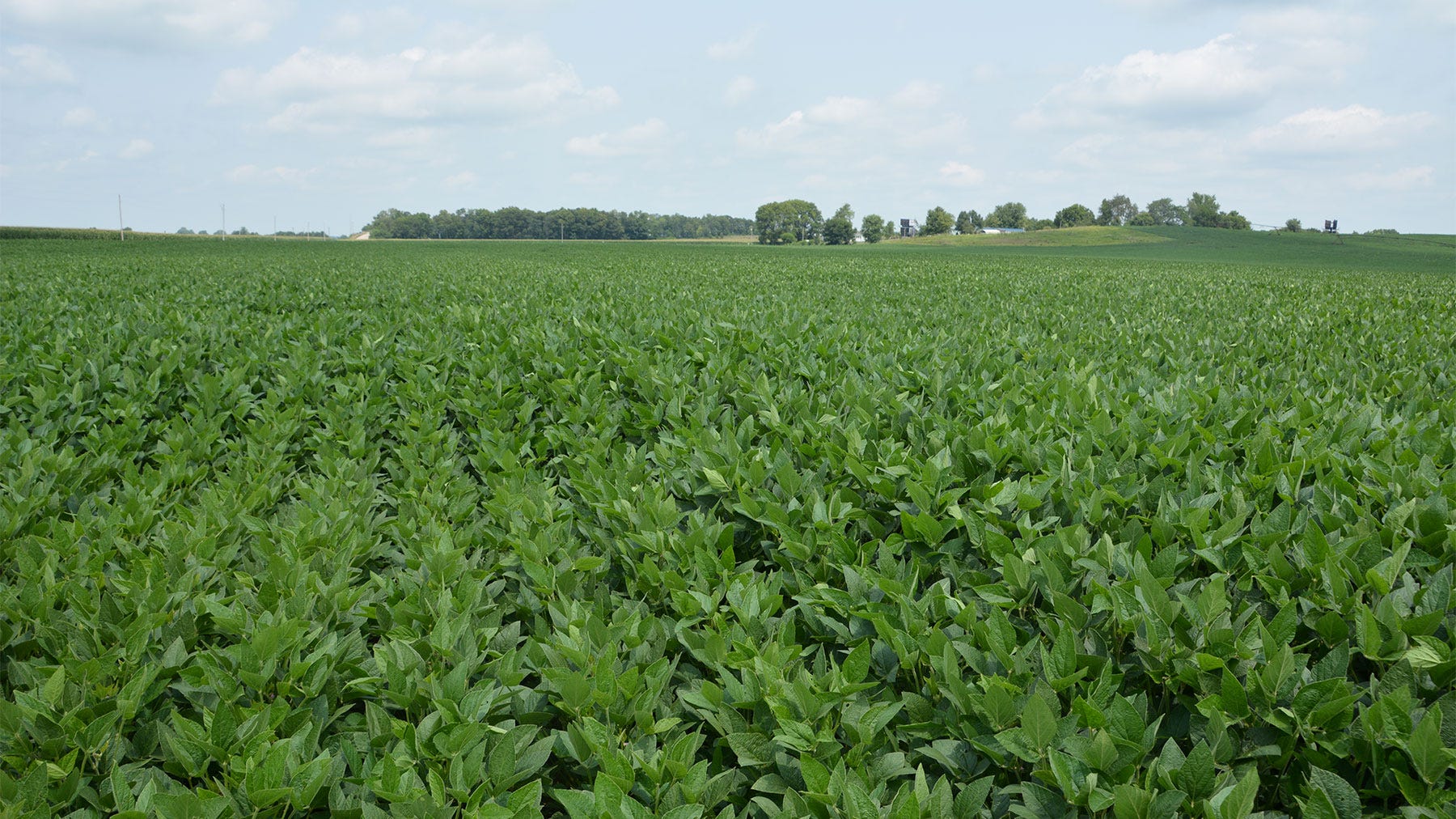
Drones for crop scouting created a buzz just a few years ago. Today, the buzz is about drones applying pesticides in hard-to-get areas and other select locations. General consensus is that while many still fly fields, the excitement has dimmed.
The big question? Why isn’t excitement about being able to view each field from the air still boiling over? “
There are just so many things you can pick up from an aerial flight with a drone that you can’t see walking a field,” says Steve Gauck, a regional agronomy manager for Beck’s. Gauck and his family farm near Greensburg, Ind. “You still need to ground-truth the field to determine exactly why you’re seeing what you’re seeing. But having an aerial image to guide you makes the process so much faster and simpler.”
Here is a classic example from 2023 that shows how drone scouting and ground-truthing can work together.
“From the start of the season, we noticed some intense thistle patches in certain parts of a field we were scouting,” Gauck says. “They were sprayed about three weeks into the season, and the grower got a good kill. But some damage had already been done. Soybeans competing with thistles didn’t develop as many nodes as plants growing without competition.
“From ground level, it appeared that there were four or five patches in a row going north to south in the field. Then about 80 feet over, there was another run of patches. That pattern appeared to repeat itself.”
Gauck flew his DJI Phantom drone over the field in late July and discovered that his hunch was correct. Rows of thistle patches lined up across the field. Gauck determined that the distance between rows of patches was about 80 feet each time.
“In the field in late July, soybeans that grew with thistles earlier were 6 inches to a foot shorter than soybeans not hampered by thistles,” Gauck says. “Ground-truthing — walking to the points which showed up in the flight — confirmed it. Since there were gaps down the field between areas where thistles once dominated, the field in those areas now has an up-and-down, wavy pattern, alternating between normal and thistle-impacted soybeans down the field.”

GROUND-TRUTHING: See if the pattern holds on the ground. In this case it does, because the soybeans are nearly a foot shorter and lighter green in the locations that showed up in the aerial photo.
Neither the aerial flight nor ground-truthing nailed down a cause. “Put all that information together, and you can formulate a theory, though,” Gauck says. “My guess is that the combine spread thistle seed during harvest at some point. It might not line up for consecutive passes, but instead, maybe an every-other-round-type thing.
“What does add up is that thistles were somehow spread through the field in a rectangular pattern. It’s much more obvious from the air, and ground-truthing confirms why those patches of soybeans are shorter, not as green and still catching up.”
About the Author(s)
You May Also Like




